It was an interesting scramble down into a ravine
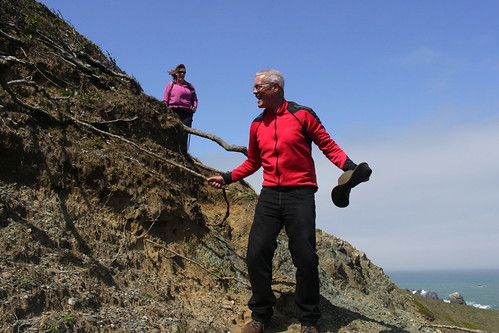



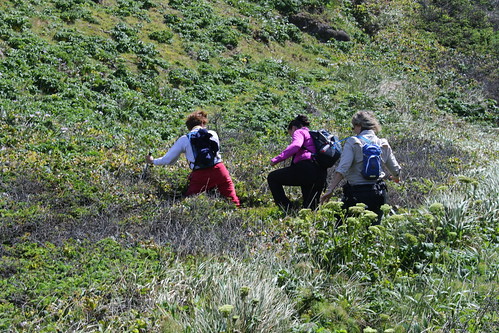

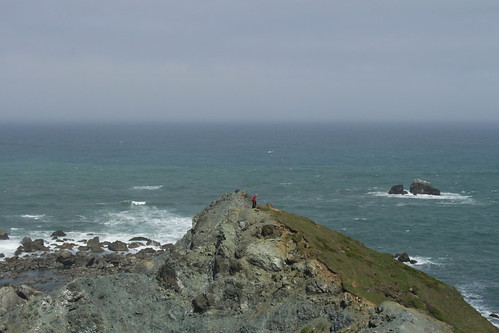
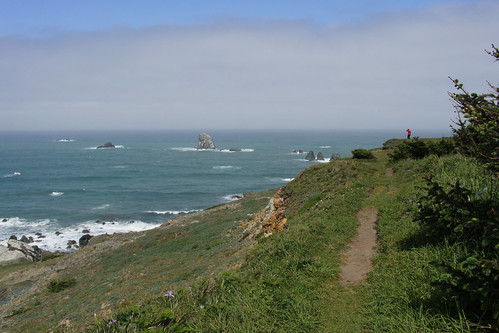
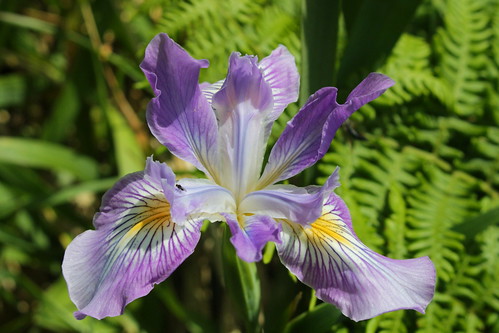

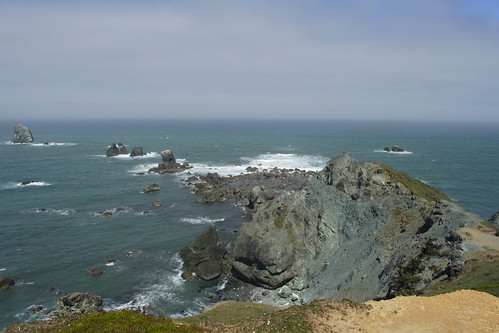
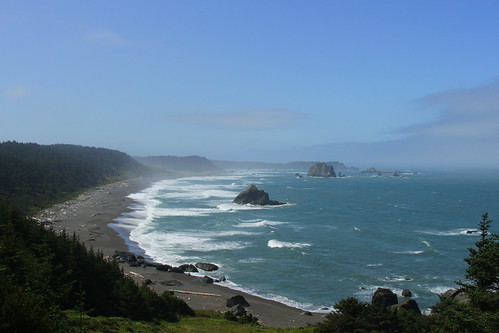
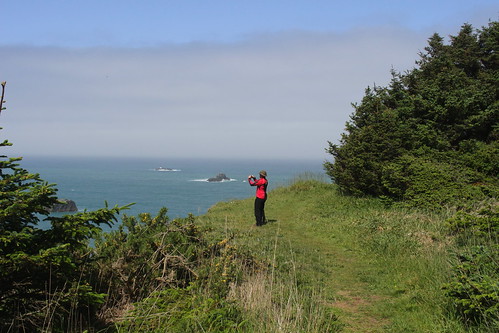
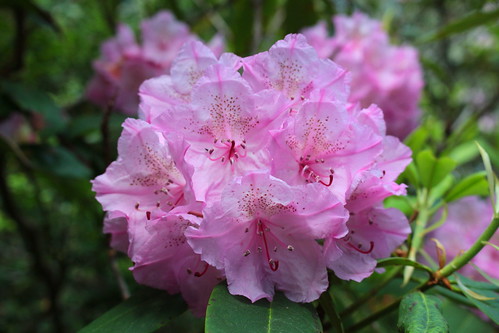

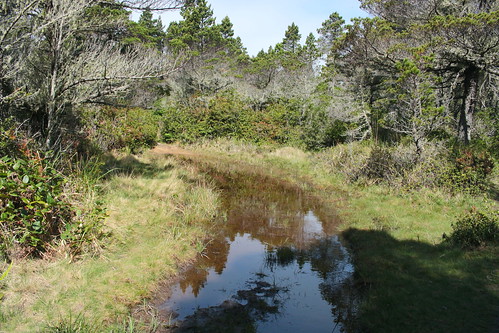
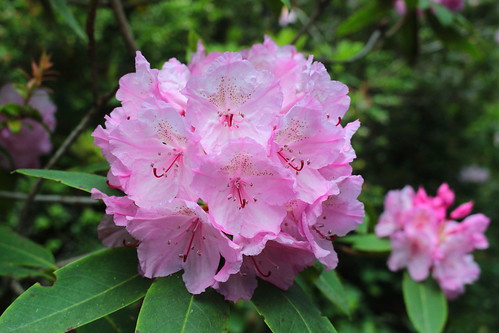

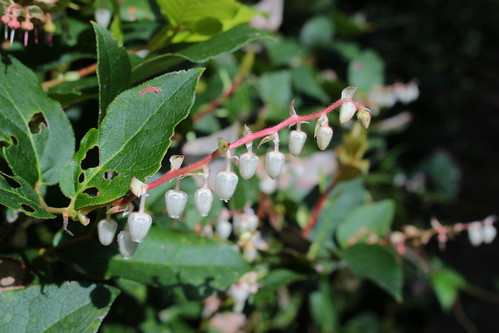
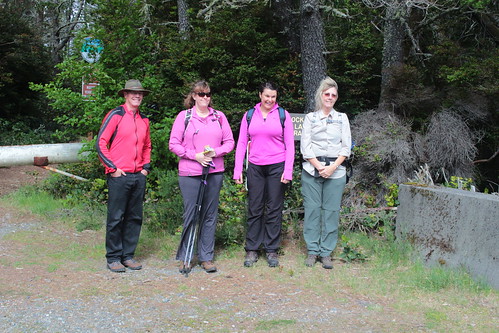
ONTARIO, Ore. — White top, an invasive weed, has exploded to alarming levels in Malheur County this year.
“This is the worst it’s ever been,” said Oregon State University Cropping Systems Extension Agent Bill Buhrig, who has lived in the county for 40 years. “It’s all over the place.”
White top, also known as hoary cress, usually blooms in stages throughout the year, said Malheur County Weed Inspector Gary Page. But this year it appears to have exploded virtually all at once.
It has also appeared in remote areas far removed from any previously known white top infestation, he added.
“We’re reaching a tipping point most likely where it’s just going to explode” to a level where it’s not economically feasible to manage, Page said.
The noxious weed competes with beneficial plants, crowds out grasses and is noxious for cattle, Buhrig said.
Page said it has invaded a lot of alfalfa fields and irrigated pastures and, if the problem worsens, could have a major negative impact on livestock grazing, the backbone of the area’s economy.
“If we don’t do something pretty quickly, it could end up being a big economic issue in livestock production,” he said.
Page and Buhrig have sounded the alarm over the white top problem and are asking for landowners’ help in controlling it.
Because it’s a persistent weed and hard to kill, many people mistakenly assume it can’t be controlled and give up trying, Buhrig said.
“It can be controlled with some available herbicides and that’s what we’re really trying to emphasize,” he said. “You can fight it.”
There is still time to control the weed in 2016 even though it has flowered, Buhrig said. “Anything you can do this year to keep it from going to seed is a good thing.”
One of the reasons the weed has gained a local reputation as being uncontrollable is because many people are using herbicides that suppress it but don’t kill it and it returns the next year, Page said.
He said most people who try to control white top are applying Roundup and 2,4-D, neither of which is overly effective at controlling it. He recommends using metsulfuron methyl or chlorosulfuron.
He said he prefers to use chlorosulfuron but metsulfuron methyl is cheaper and landowners can expect to pay between $2-3 per acre for that herbicide.
Page said the weed has been in the area since the 1920s but has begun to expand rapidly over the last four or five years and has significantly altered many miles of native habitat along the Malheur and Owyhee rivers.
For more information about the weed, contact Page at (541) 473-5102 or gary.page@malheurco.org.
| S | M | T | W | T | F | S |
|---|---|---|---|---|---|---|
|
|
|
|
|
|
2 |
3 |
|
4 |
5 |
6 |
|
|
9 |
10 |
|
11 |
12 |
13 |
|
15 |
16 |
17 |
|
18 |
19 |
20 |
|
22 |
23 |
24 |
|
25 |
26 |
27 |
|
|
30 |
31 |
Select the newsletter(s) to which you want to subscribe or unsubscribe.